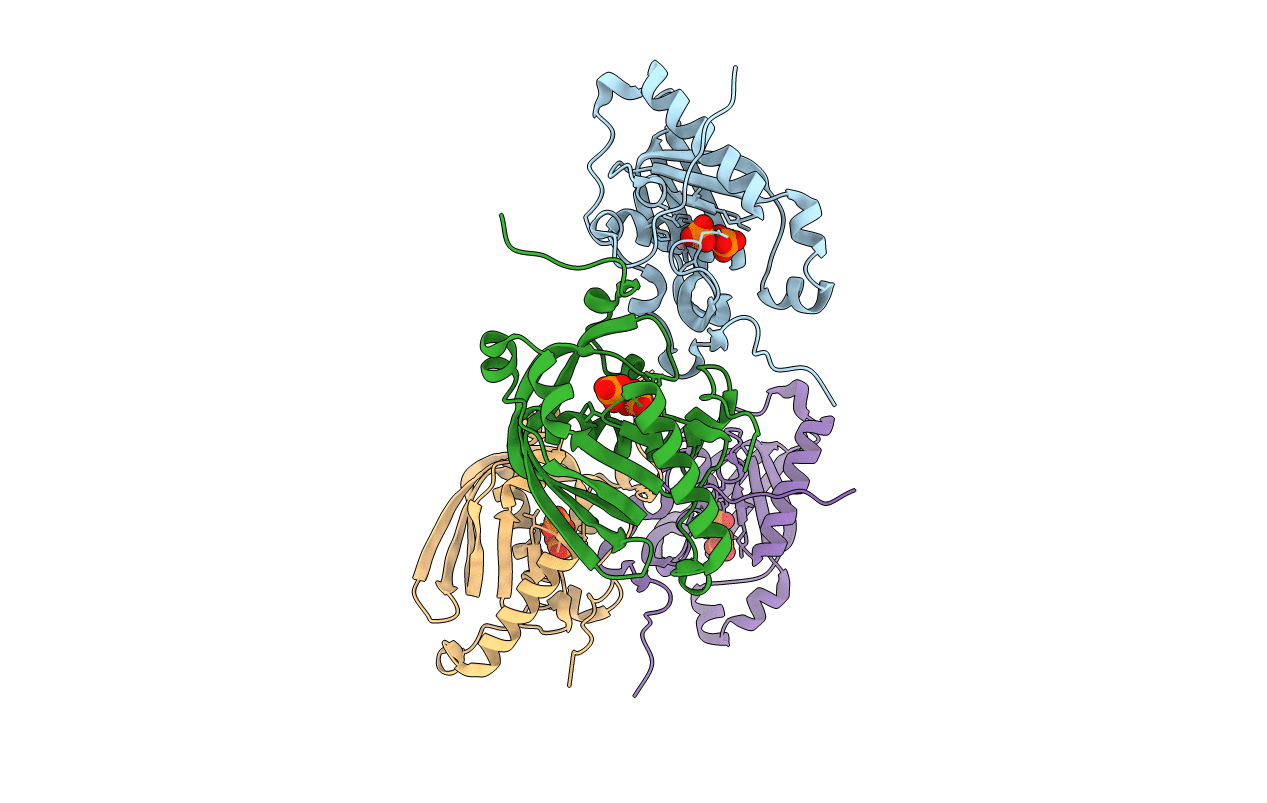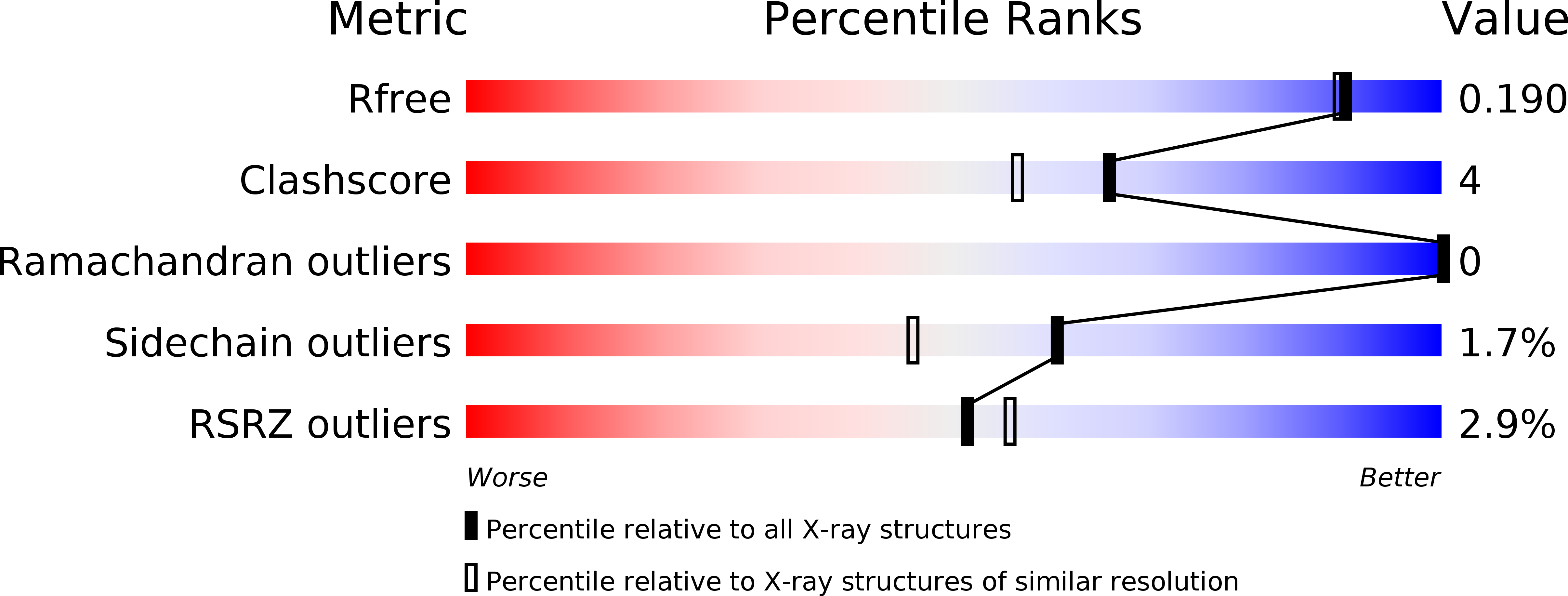
Deposition Date
2009-02-05
Release Date
2009-04-07
Last Version Date
2023-09-06
Entry Detail
PDB ID:
3G5P
Keywords:
Title:
Structure and activity of human mitochondrial peptide deformylase, a novel cancer target
Biological Source:
Source Organism:
Homo sapiens (Taxon ID: 9606)
Host Organism:
Method Details:
Experimental Method:
Resolution:
1.70 Å
R-Value Free:
0.18
R-Value Work:
0.16
R-Value Observed:
0.16
Space Group:
C 1 2 1


